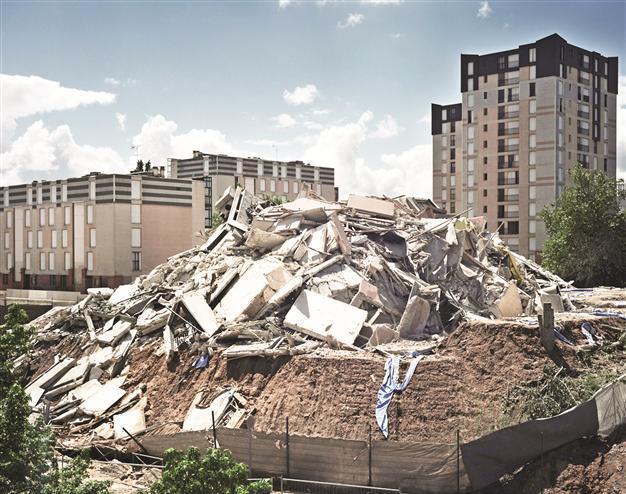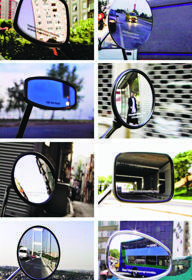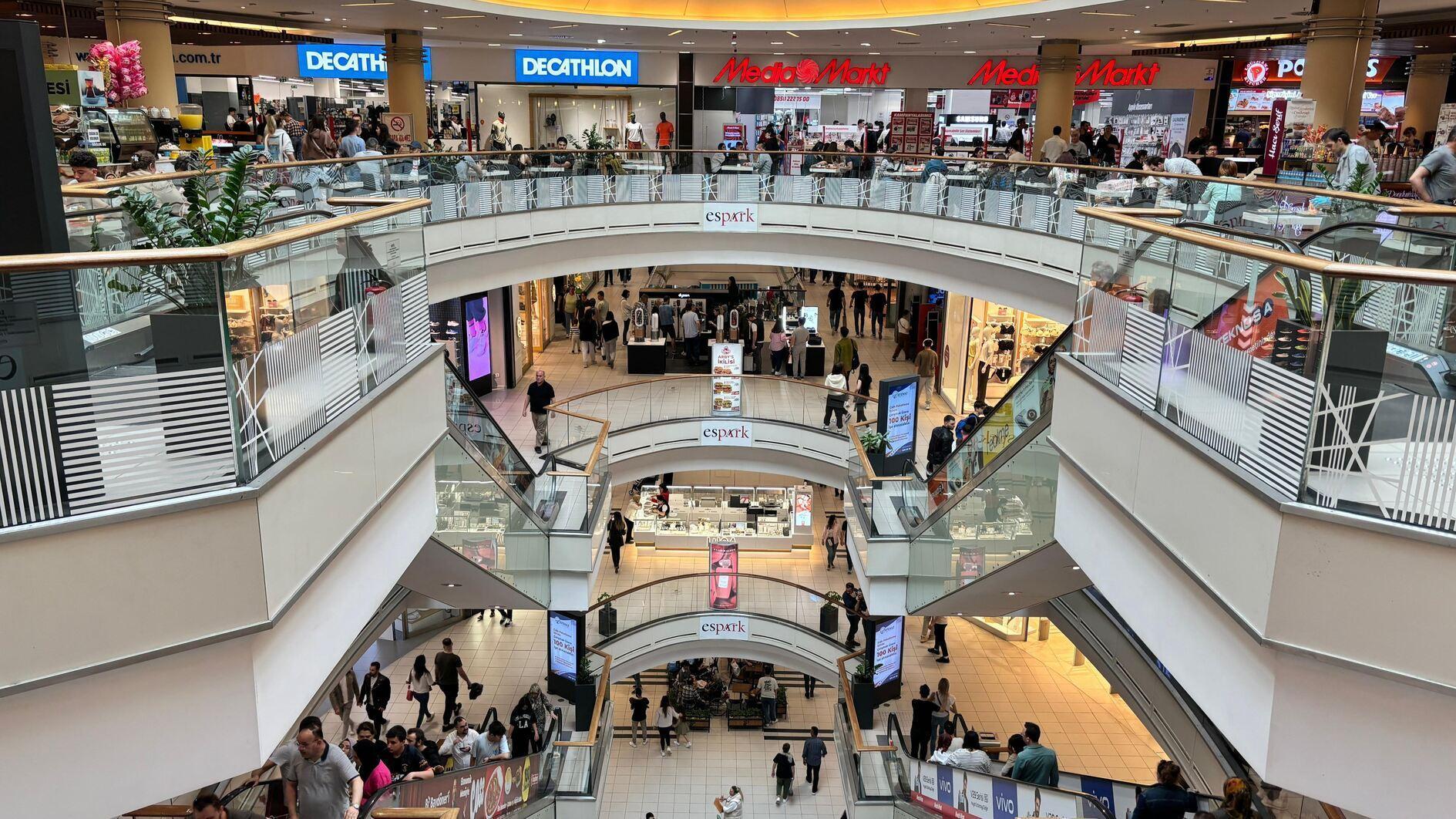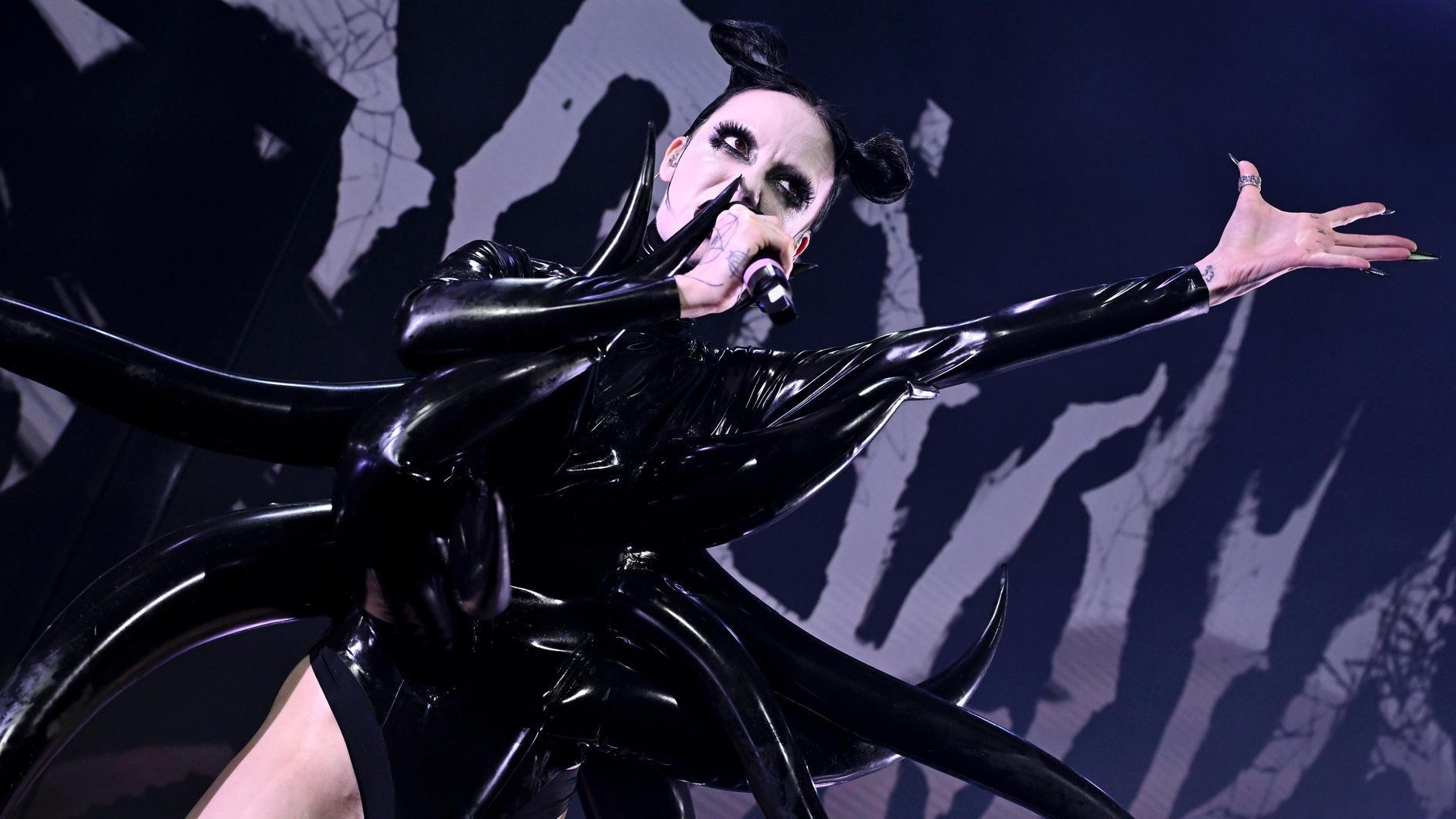Questioning modernity with an exhibition
ISTANBUL

Curated by Çelenk Bafra and Levent Çalıkoğlu, the show features 17 works from 11 different French and Turkish artists, including Nevin Aladağ, Fikret Atay, Kader Attia, Ayşe Erkmen, Cyprien Gaillard, Thomas Hirschhorn, Pierre Huyghe, Chris Marker, Sarkis, Hale Tenger and Nasan Tur.
Istanbul Modern’s new exhibition “Modernity? Perspectives from France and Turkey” explores the effects of modernity on contemporary art. Sponsored by the Comité Colbert, the show opens today and will be on view until May 16, focusing on how artists have come to a reckoning with the phenomenon of modernity, a concept that is still valid today.In a globalized world, we are going through a period of diverse, profound, and complex relationships in which the use of new technology and social media are forming intricate structures. Istanbul Modern’s exhibition attempts to reveal how the remnants of modernity have seeped into our lives. While the show creates an opportunity for comparing approaches of artists to modernity and assessing similar and different points, its aesthetic approach enables us to establish new proposals for social readings and utopias.
Of course, it is also true that France was one of the crucial role models in Turkey’s modernization project.
Curated by Çelenk Bafra and Levent Çalıkoğlu, the show features 17 works from 11 different French and Turkish artists, including Nevin Aladağ, Fikret Atay, Kader Attia, Ayşe Erkmen, Cyprien Gaillard, Thomas Hirschhorn, Pierre Huyghe, Chris Marker, Sarkis, Hale Tenger and Nasan Tur. The dynamics of modern life have been both criticized and considered an endless opportunity for inquiry in the visual arts.
Modernity reflecting on our lives
Examining the positive and negative dynamics of modern life that reflect on the present world from today’s perspective, the show explores how the modernist structure that has seeped into all aspects of the world we live in is criticized and interpreted by artists. The show focuses on comments made by artists on how urban culture has been transformed by modern life, the social, cultural, economic and political effects of modernity, and the concept of “utopia,” which is among the ideals of modernity.
The exhibition discusses modernity as a phenomenon which is both experienced in the memory and which shapes the present through effects that we are unaware of. It also offers a reminder of the aspects of modernity that emerged in the nineteenth century, which the Western world presented globally as universal ideals.
During the press conference, the Chair of the Board of Istanbul Modern, Oya Eczacıbaşı, said Istanbul Modern was continuing to develop the cultural collaboration it started with France seven years ago through new projects. “The exhibition aims to nourish and carry on the partnership between the deeply-rooted cultures of Turkey and France, which have interacted throughout history,” she said.
The show also symbolizes the meeting of France, which is one of the centers of modernization, with Turkey, which has been gaining global importance in recent years, Eczacıbaşı added.
 Supporting events
Supporting eventsSupporting events will be held at Istanbul Modern throughout the course of the exhibition, and Eczacıbaşı indicated that the Education Department of the gallery would be carrying out the educational program “Modern Time Workshops,” while the gallery’s cinema would be presenting the film program “Statues Also Die,” which commemorates French filmmaker Chris Marker, also featured in the exhibition, by showing 13 of his films.
Elisabeth Ponsolle des Portes, CEO of sponsor Comité Colbert, said: “The Comité Colbert shows its action with regard to cultural diversity, as it commissioned several pieces from Turkish artists. By participating in the cultural life of Istanbul, [we] exercise social responsibility, as in France and in many countries of the world.”
Also speaking about the exhibition, Levent Çalıkoğlu, Istanbul Modern’s chief curator and one of the curators of the exhibition, said the selected artists were questioning the effects of the concept of modernity in their works. “Modernism, which is connected in a spiral to the modernity project and the sociocultural contexts that gave birth to it, has been a target for nearly half a century. The visual arts acted as a driving force to initiate this critical structure which, nourished by the liberal environment of the 1960s, opened the doors to a great awakening and transformation in many areas - from social sciences and cultural studies to architectural and urban practices,” he said.
According to Çalıkoğlu, the exhibition particularly leads us to reflect on practices of modernity that have become unconscious parts of our lives. “This exhibition attempts to remind us how the remnants of modernity have seeped into and transformed our lives in today’s relatively directionless world. On top of this accumulation, diverse, profound, and complex relationships of globalism are experienced, the use of new technologies and the social media form intricate structures, and the neoliberal economic order gives rise to new forms of production,” he added.
SHOWCASING TURKISH AND FRENCH ARTISTS TOGETHER
Fellow curator Çelenk Bafra stressed that the 11 artists in the exhibition were from different generations. She added that they had been working with these artists for two years about their works for the show and the method in which they would be exhibited.
“The show features works that we could already call ‘iconic,’ which look at modernity from different perspectives and allow large-scale, comprehensive, and multilayered readings. The fact that some works were created especially for the exhibition and will be on view for the first time in the show makes the effort even more worthwhile,” she said.
“We commissioned Ayşe Erkmen to do two new works that would be a continuation of her series known as ‘Mines,’ which looks at the problem of landmines. Video artist Fikret Atay from Batman filmed a video called ‘5W1H’ based on the exhibition’s concept. One of the works by Berlin-based artist Nasan Tur is especially interesting for visitors because they will be able to borrow for a day one of 5 different backpacks that were designed for various purposes such as cooking or cheering at a game, use them as they wish in different spots of the city, and bring them back to the
museum,” Bafra added.
The exhibition is at Istanbul Modern until May 16.
















